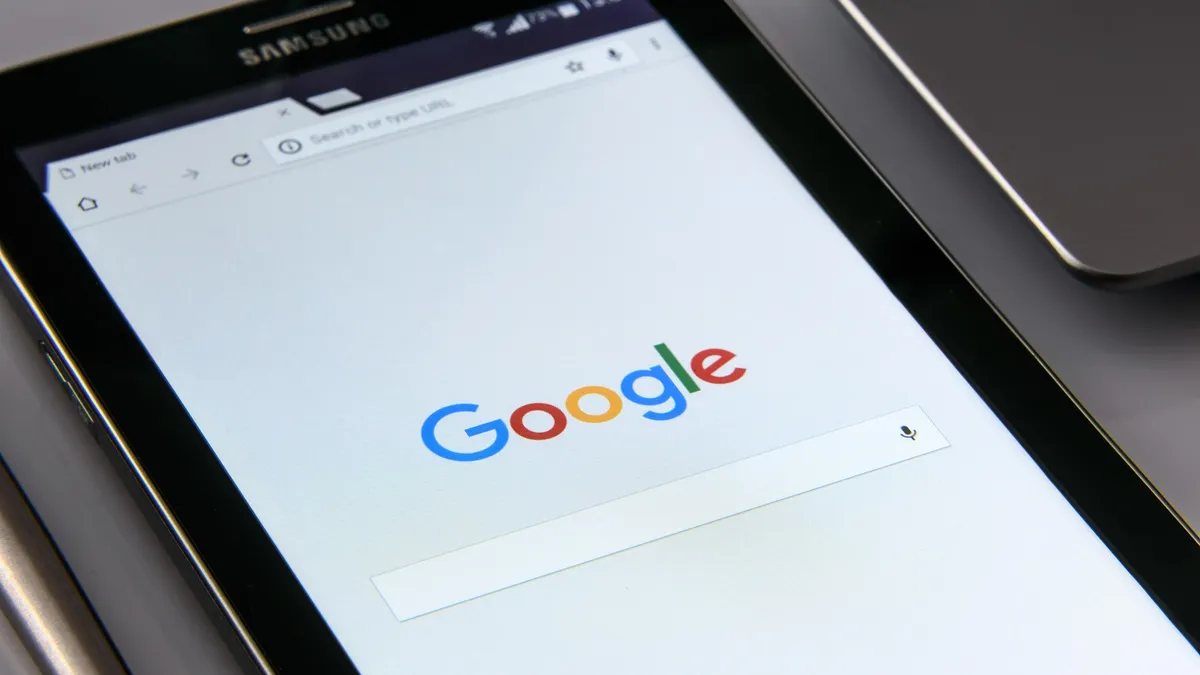Brief:
- Google is letting brands and retailers show product listings in its search results for free, instead of requiring them to pay for sponsored listings. The search giant is rolling out the free listings first on mobile in the U.S., followed by desktop, Bill Ready, president of commerce at Google, announced in a blog post.
- The free listings on Google search initially will appear in a product information panel that shows pictures of a product, a list of retailers that sell it, the price and shipping information, along with a link to the seller's website. Brands and retailers that want to list their products for free in Google search results can visit the company's help page for more information.
- Shopping ads will continue to appear separately at the top of search results, giving marketers a way to stand out among the search results. Google plans to release more updates soon, per its blog post.
Insight:
Google's free product listings in search results are positive for mobile marketers that want to showcase their wares to consumers when they're most ready to shop. For retailers that have been forced to close brick-and-mortar stores during the coronavirus pandemic, the free product listings can help to drive website traffic among consumers who shop on Google, which the company claims numbers hundreds of millions worldwide each day.
Google's free product listings come two months after the search giant started offering free listings on Google Shopping, its section dedicated to e-commerce. The expansion of free listings to Google search results increases the likelihood that consumers will discover brands and retailers instead of taking the extra step of visiting Google Shopping, which offers more tools to help narrow down product searches by price, brand, seller, availability and location, among other attributes. Since adding free listings to Google Shopping, the company saw an average 130% jump in impressions for ads and listings in the U.S., along with a 70% gain in clicks, compared with a control group, TechCrunch reported.
Google's push into e-commerce also includes the addition of more shopping features to its Google Pay payment app as part of a major overhaul, as reported by the Information. Google this year also added a section to its shopping site that lets mobile users see a variety of clothing and accessories products from multiple online stores. Last year, the company redesigned Google Shopping to include features like price-tracking, which followed efforts that brought new ad formats to the Shopping tab.
For Google, the free product listings in search results are another step in supporting e-commerce services that appeal to more consumers and support sales of paid listings. Google's parent company Alphabet generates 82% of its revenue from advertising on its digital properties that include the video-sharing site YouTube. That dependence on advertising makes the company especially vulnerable to an expected 3% decline in digital ad spending this year because of the coronavirus pandemic's negative effects on the economy, as forecast by media agency GroupM. Google's U.S. ad revenue is forecast to fall 5.3% to $39.6 billion this year, the first decline since researcher eMarketer began estimating the company's revenue.
Google also has faced a growing threat from Amazon's push into the digital advertising market, leading some marketers to reportedly shift as much as 50% to 60% of their search budgets from Google to Amazon in recent years. Amazon has become the most popular starting point for product searches as well, per researcher Jumpshot.
The surge in e-commerce during the coronavirus pandemic has benefited Amazon, making it a more vital advertising and direct sales platform for marketers. Amazon's revenue jumped 26% to $36.7 billion in Q1 from a year earlier, while its advertising and other revenue increased 44% to $3.9 billion. The company is forecast to boost its U.S. ad revenue by 24% to $12.3 billion this year and expand its market share to 9.5% from 7.8%, per eMarketer. That expansion will eat into Google's share, which is expected to slide to about 29% from 32%, the researcher estimated.














